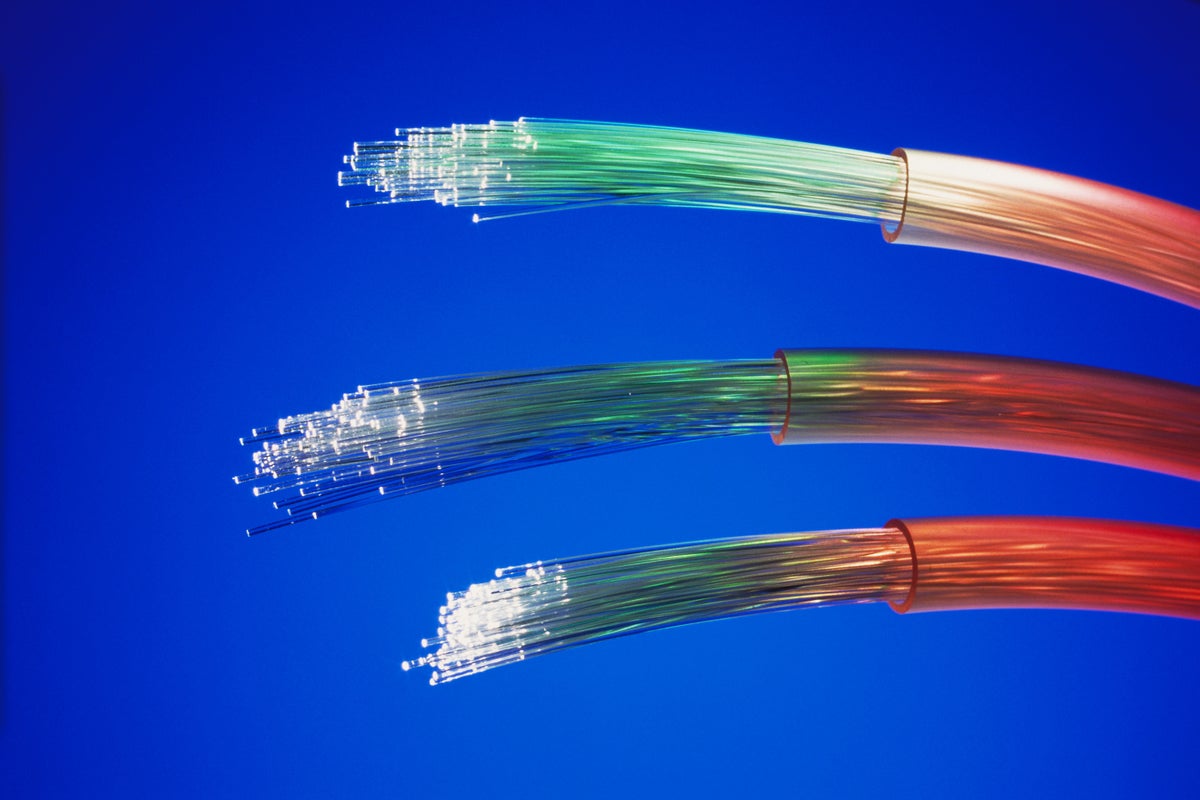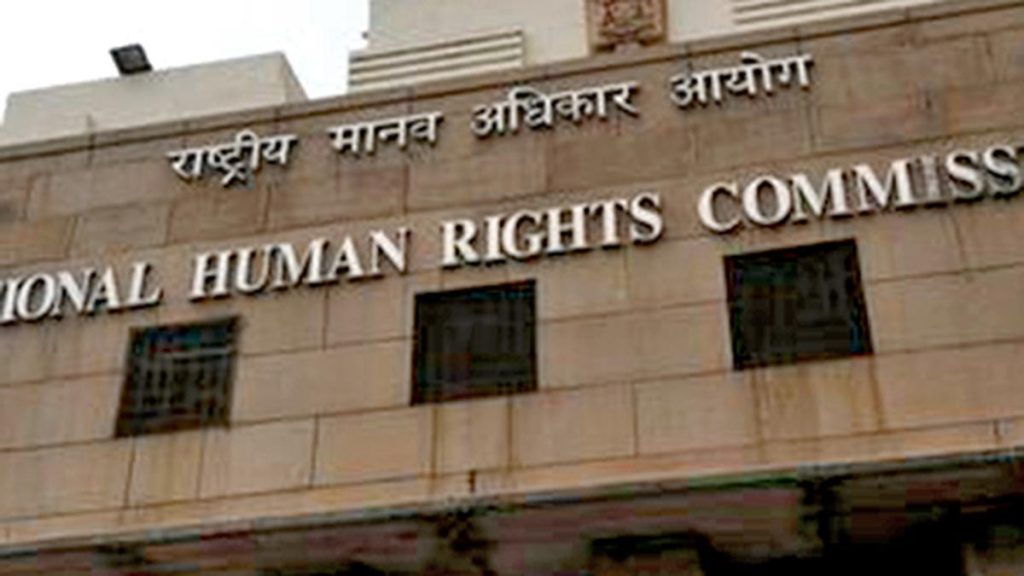Now Reading: Fiber Optic Breakthrough Paves Way for Faster Internet Speeds
-
01
Fiber Optic Breakthrough Paves Way for Faster Internet Speeds
Fiber Optic Breakthrough Paves Way for Faster Internet Speeds

Quick Summary
- A new hollow optical fiber design is set to enhance global telecommunications by enabling faster and cheaper long-distance data transmission.
- Customary optical fibers use solid glass to guide light,but the new design employs “glass straw” structures with multiple nested cylinders allowing only specific wavelengths of light to be transmitted efficiently.
- this innovation reduces signal loss (from half every 15-20 km to half every 33 km),allowing booster stations to be spaced farther apart,significantly cutting infrastructure costs.
- The hollow fibers can carry over 1,000 times more power across broader wavelengths, making them suitable for both quantum communications and classical internet systems.
- dr. Francesco Poletti from the University of Southampton led the development effort over a decade; the fibers are being manufactured by Lumenisity, a start-up acquired by Microsoft in 2022.
- Hollow fiber technology has niche applications like connecting computing units in data centers where speed is vital; it provides a 45% speed increase compared to standard glass fibers.
- The production method uses pressurized stretching processes starting from larger designs, maintaining structural integrity while scaling down dimensions.
!corefibreoptic_cable.jpg?m=1756835003.854&w=900″>Hollow tube optic cables diagram
Image: Cross-section visualization of hollow “glass straw” optics.
Indian Opinion Analysis
This breakthrough in telecom technology could have transformative implications for India’s rapidly expanding digital infrastructure needs. As one of the largest users of internet connectivity globally-with increasing demands for high-speed communication from urban centers and rural regions alike-the adoption of this cutting-edge fiber system would likely help address inefficiencies in current networks while bridging gaps between underserved areas.
India’s reliance on cost-effective solutions makes these hollow optical fibers promising due to their ability to reduce signal relay station costs significantly-a major expense in building large-scale network systems across its vast geography. Furthermore,compatibility with quantum technologies aligns well with India’s growing interest in quantum computing and secure communications research.
However, access will depend on affordability and scaling production output as hollow fibers remain expensive in current markets-even for high-tech nations investing heavily into innovations like this one.Partnerships between government initiatives such as BharatNet and companies involved (like Microsoft’s Lumenisity) may play a decisive role shoudl India aim critically important adoption toward enhancing connectivity capabilities within smart cities or rural outreach programs critical under Digital India initiatives.



























